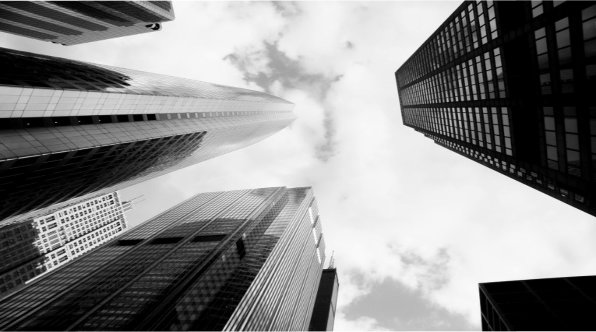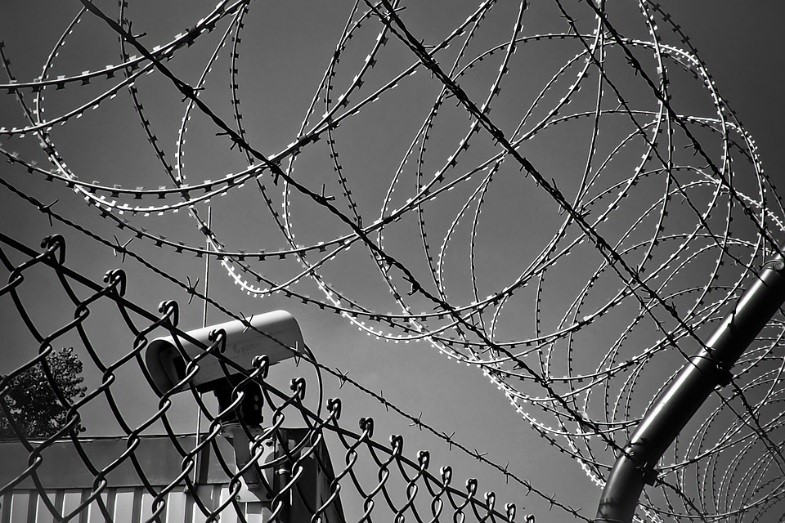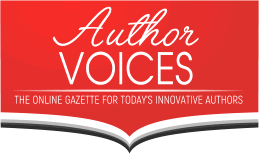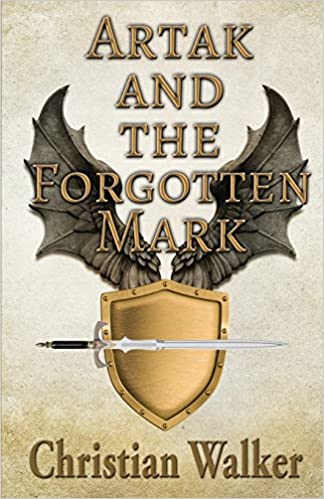Books about Bad Places: A Guide to Dystopian Literature
What’s the first thing you think of when you hear the word utopia? Is it a world that’s pristine, pure, and perfect? The truth may surprise you. Coined in 1516 by Thomas More, utopia literally means “nowhere place.” On the opposite end of the spectrum, there’s the dystopia. In the “bad place,” civilization has gone haywire. While utopian stories are feel-good and aspirational, dystopian literature provides commentary on the harsh realities—and terrifying possibilities—of life. Oppressive governments, depleted natural resources, technological advancements and loss of individual freedoms in an imagined future are common characteristics of dystopian literature.

The Forerunners
Dystopian literature didn’t always start out this way. Utopian and dystopian fiction books form a natural connection; however, the latter doesn’t just exist (thanks to the former). Dystopian literature owes a lot to works from other genres. Gulliver’s Travels (1726) by Jonathan Swift is a scathing satire that follows a surgeon lost at sea whose misadventures lead him to different societies. Mary Shelley’s gothic horror Frankenstein (1818) and HG Wells’ Victorian adventure, The Time Machine (1895), were the earliest works to classify as science fiction. Both have ambitious scientists as the protagonists whose inventions defy the laws of biology and physics.
The Icons
It wasn’t until the 20th century that dystopian fiction as we know it came to its own. Two books compete for the prestige of being the first official dystopian novel: The Iron Heel (1907) by Jack London and We (1921) by Yevgeny Zamyatin. The most famous examples followed soon after, forming the basis for the definition of dystopian literature: Brave New World (1932) by Aldous Huxley, 1984 (1949) by George Orwell, Player Piano (1950) by Kurt Vonnegut, Fahrenheit 451 (1953) by Ray Bradbury, A Clockwork Orange (1962) by Anthony Burgess, Do Androids Dream of Electric Sheep (1968) by Isaac Asimov, and The Handmaid’s Tale (1985) by Margaret Atwood. Dystopian literature in this period was inspired by current events (The Depression) and emerging technology (the personal computer). Orwell’s Big Brother is based off of the worst dictators in history—Stalin, Hitler, and Mussolini. In true sci-fi fashion, Asimov predicted 3-D movies and unmanned spacecraft.

The Contemporary
By the 2000s, dystopian themes dominate the bestseller lists with young adult series like The Hunger Games by Suzanne Collins, Maze Runner by James Dashner, and Divergent by Veronica Roth. These titles continue the dystopian tradition of lifting true things and taking it to the extreme, such as reality television and drug abuse. Like the fanbase, the main characters are adolescents fighting against a system. The rise and return of the dystopia can be attributed to film adaptations.
As an indelible part of the reading landscape, learn from these depressing, biting and thought-provoking stories. Wars are waged, rights are violated and voices are silenced throughout the world. Scientific breakthroughs in our modern, materialistic lifestyle change our values. Life imitates art, art imitates life. If we’re not careful, dystopian literature might pop off the pages and become our new reality—a dystopian society.
FEATURED AUTHORS
Worrying if I was telling too many secrets Leaving out so much.
Keep Reading »Writing is an arduous task even when one has all ideas clear in the read more
Keep Reading »Write the book, start marketing (letting people know of it) before you finish.
Keep Reading »









